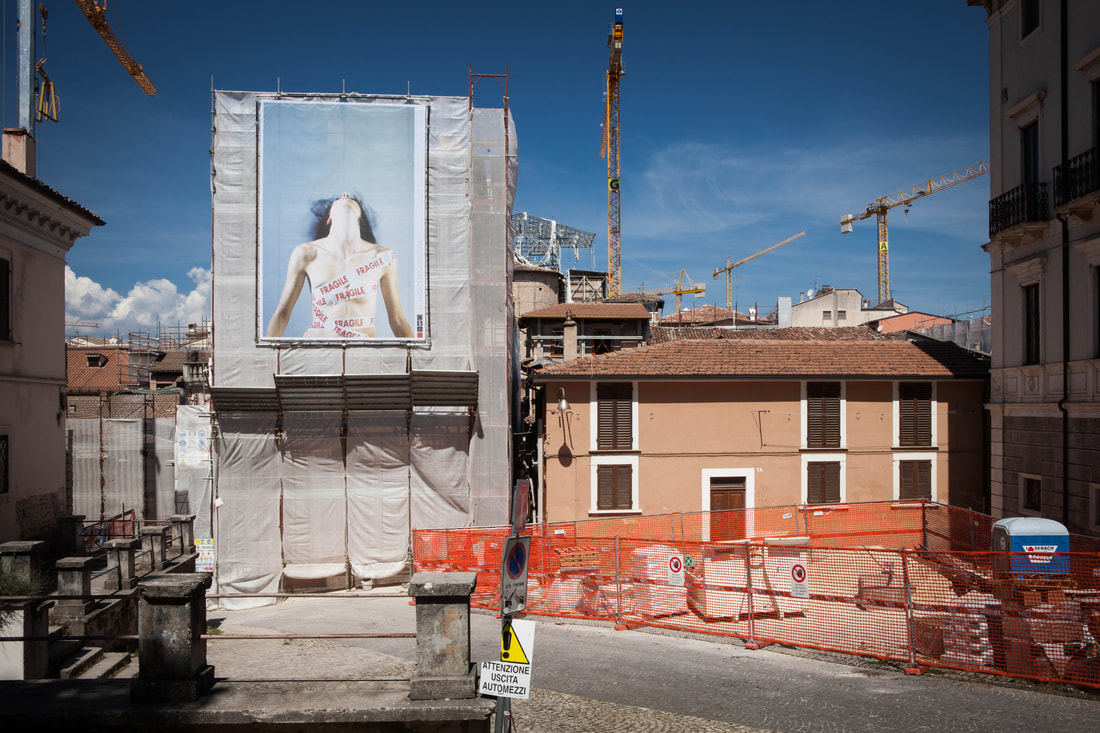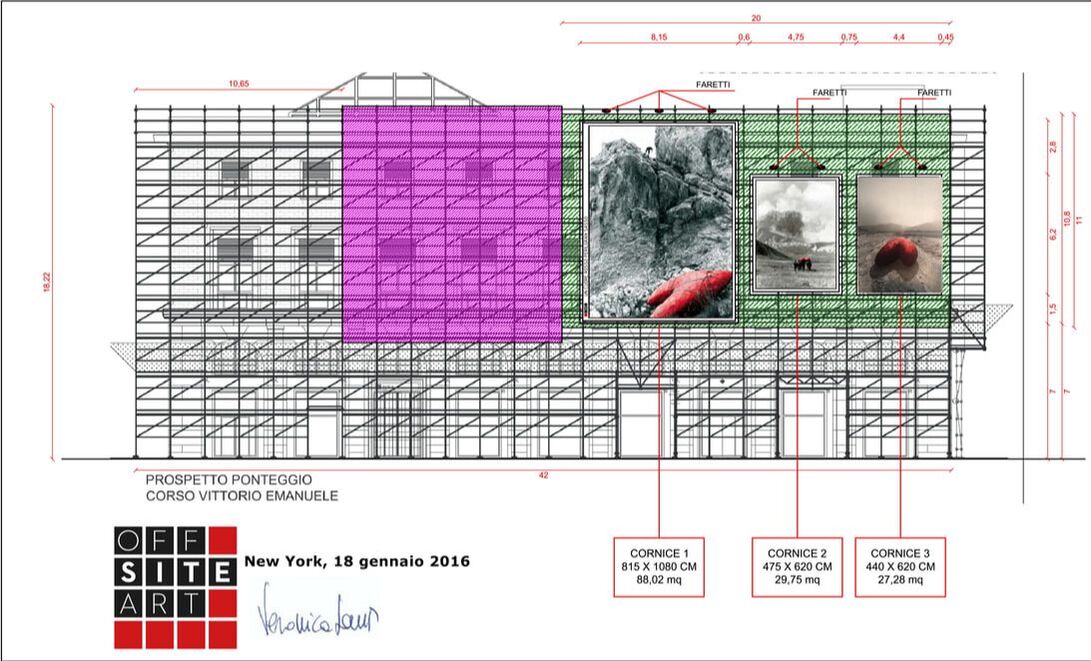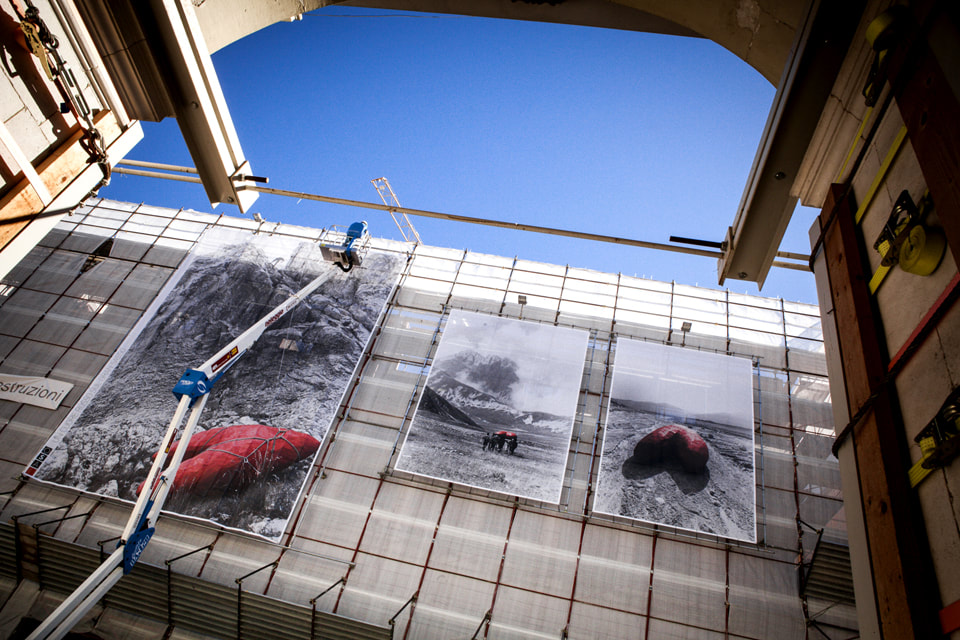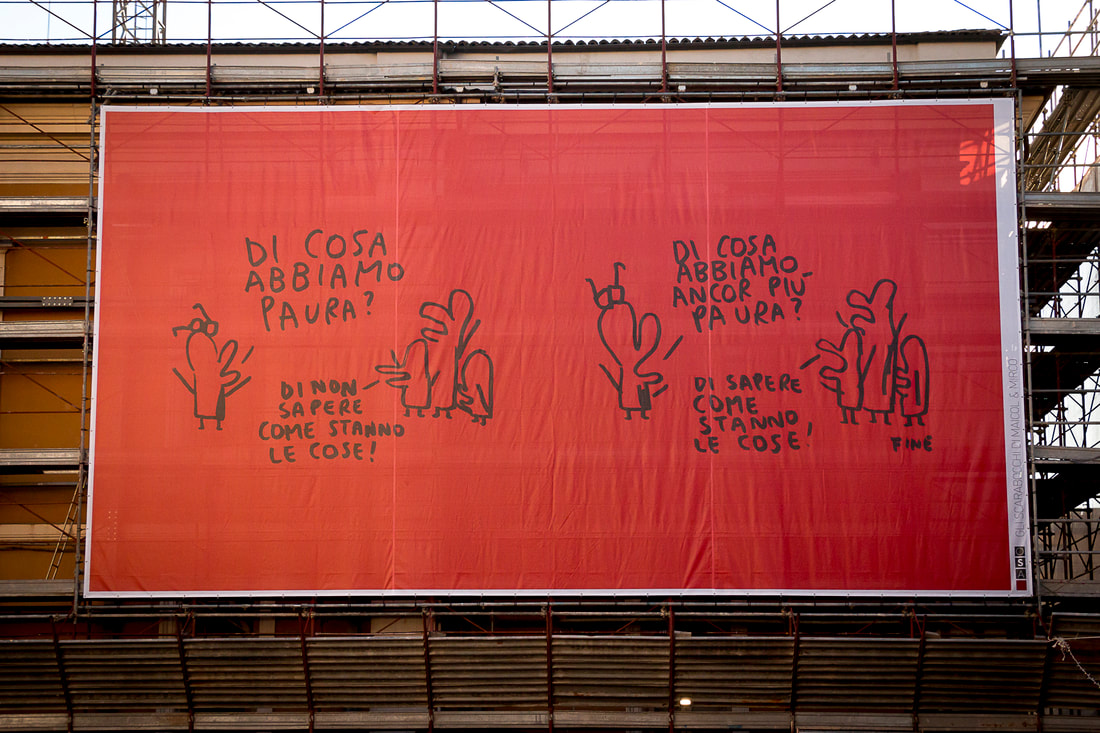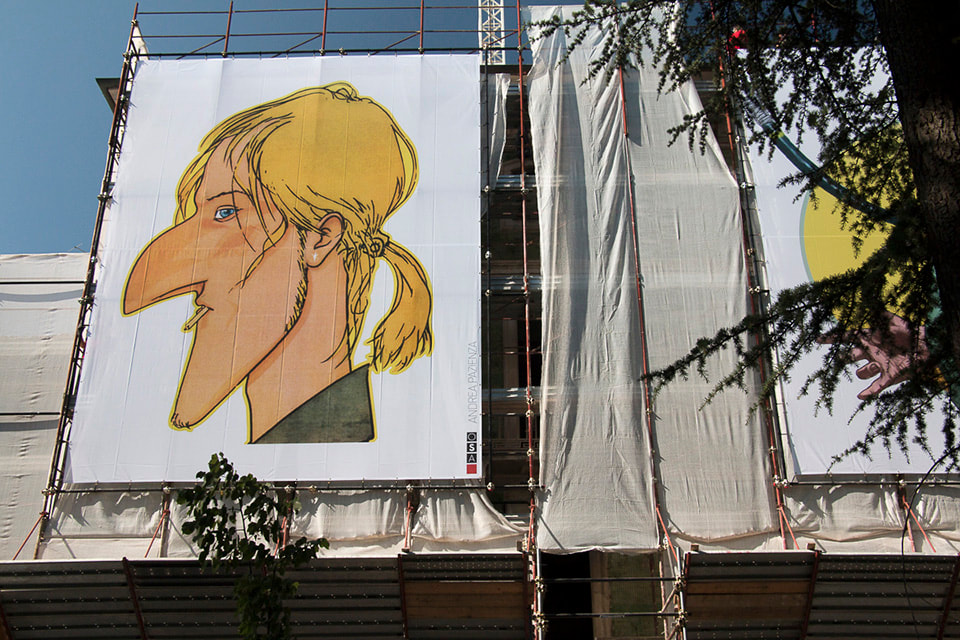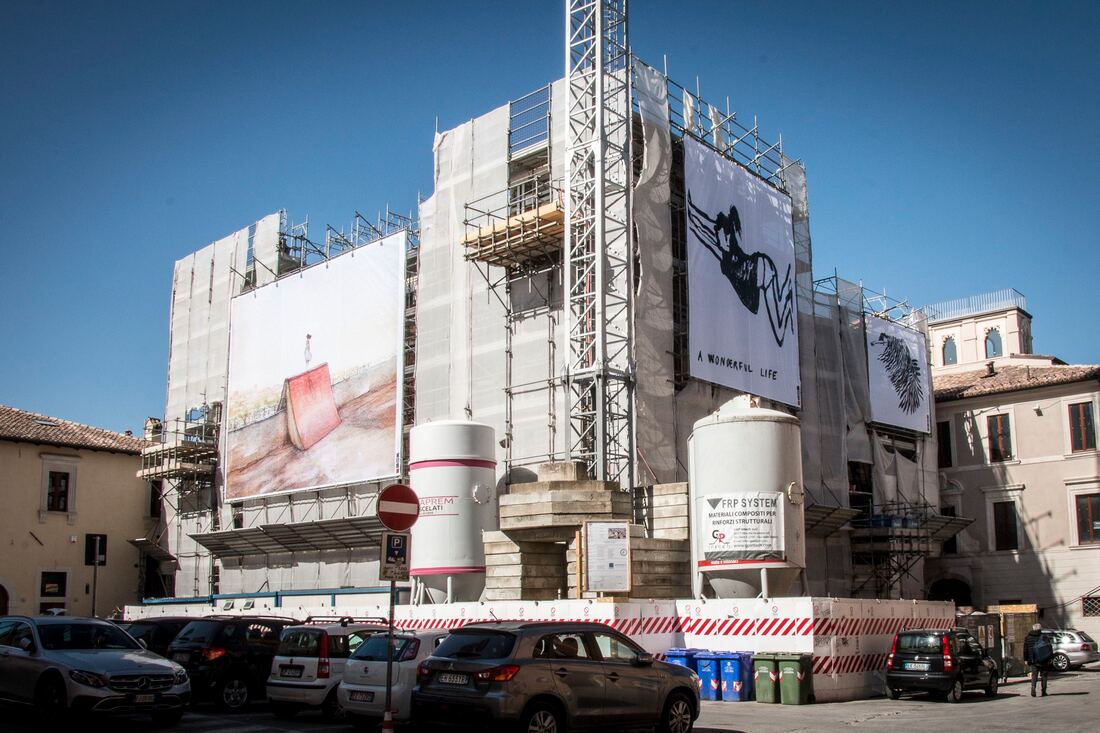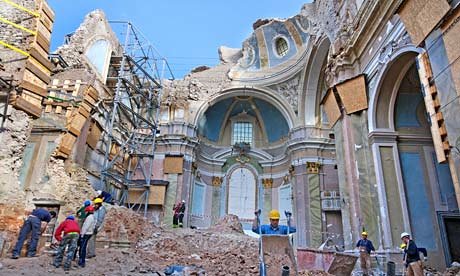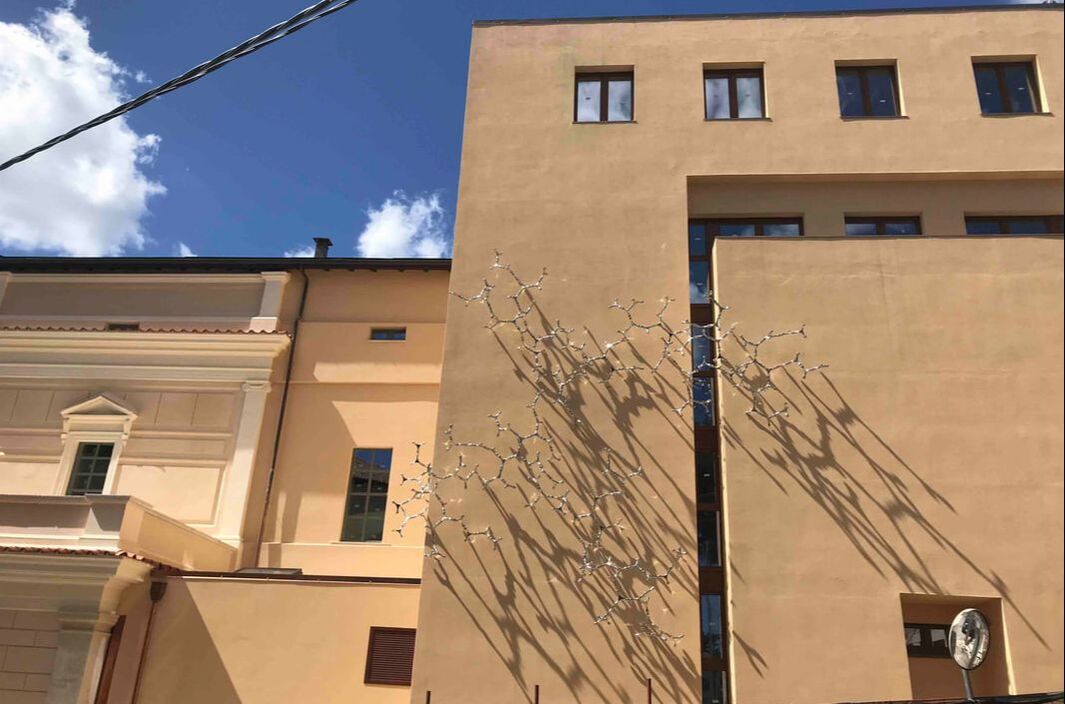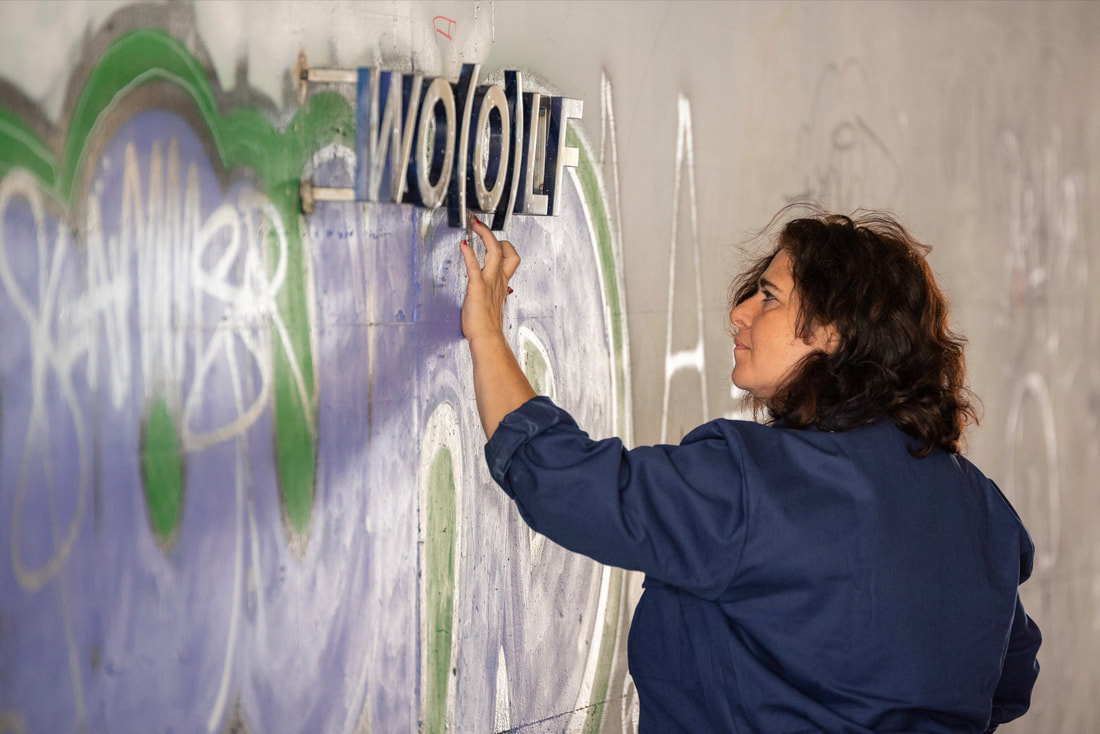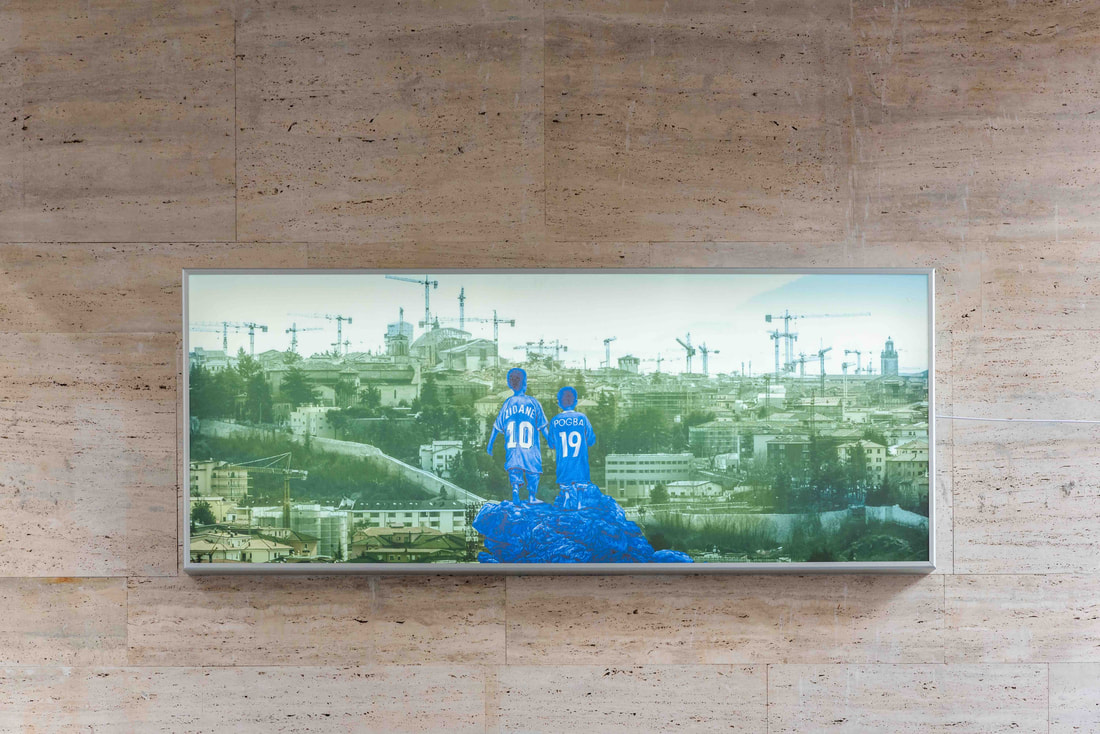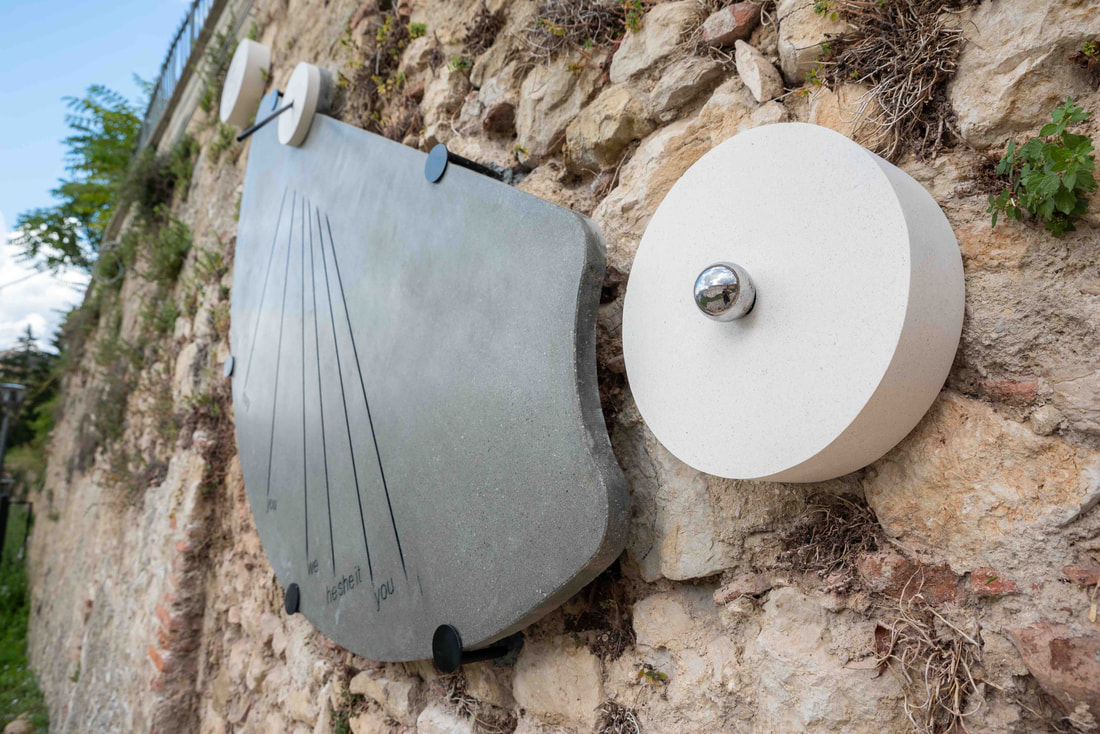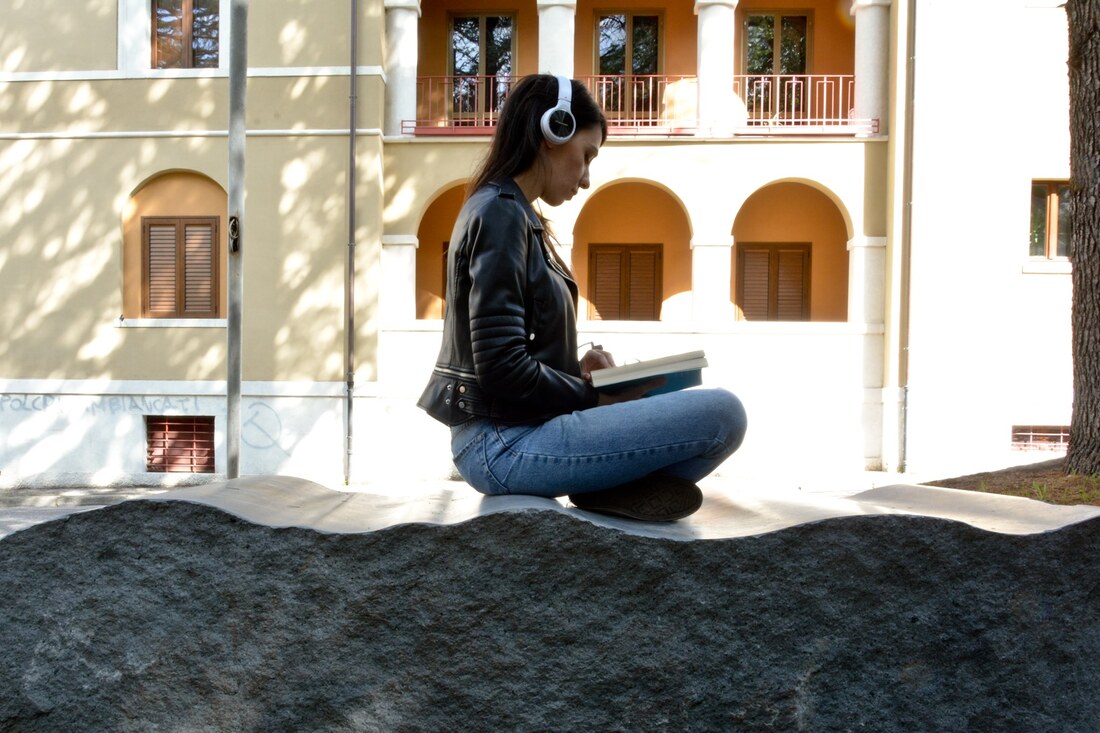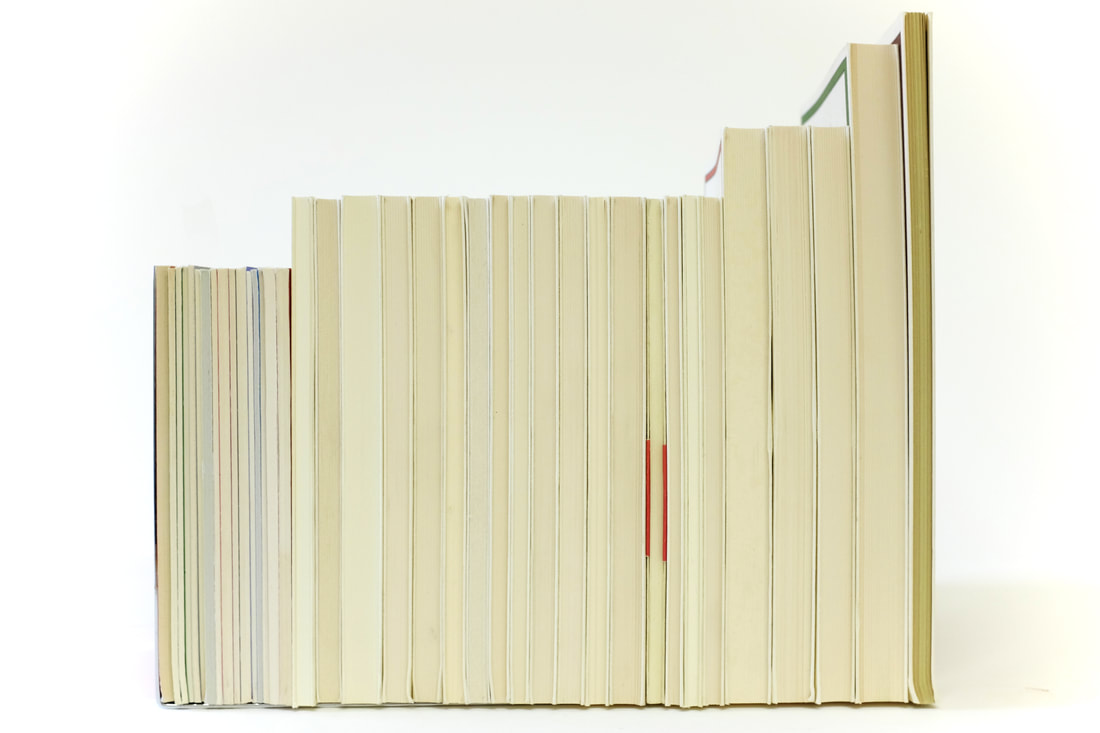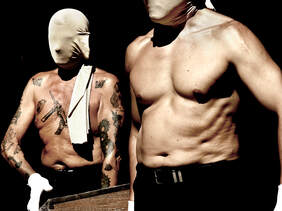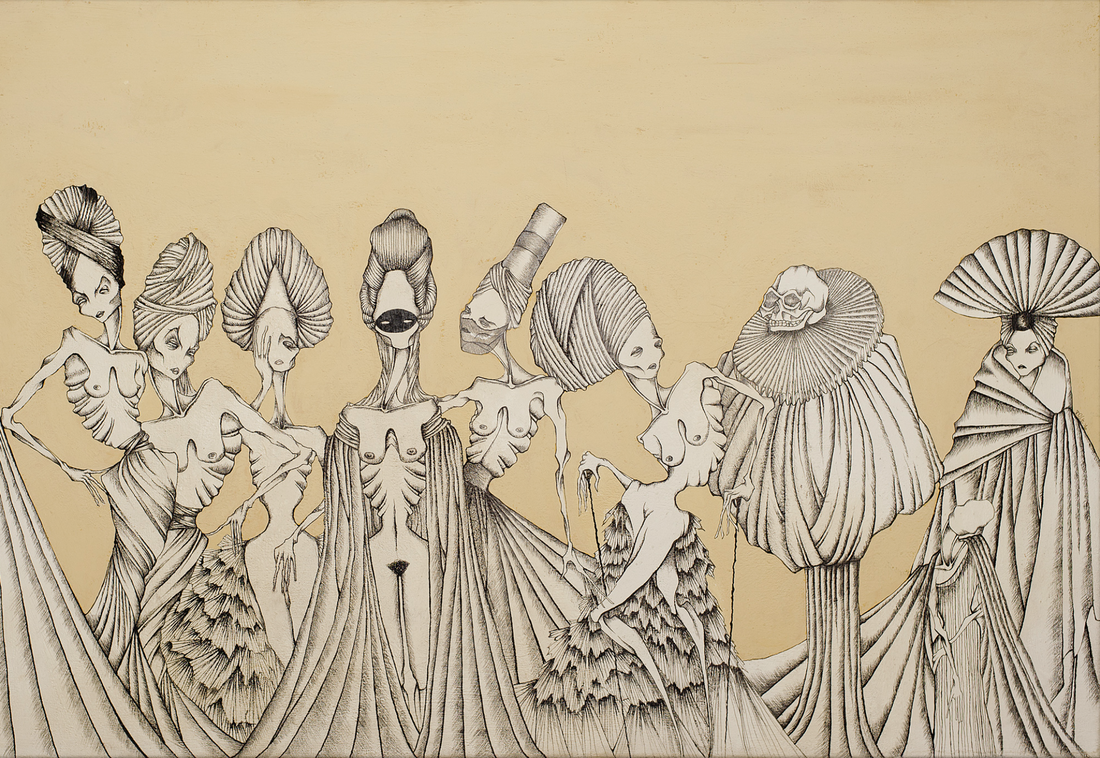FOUNDER & artistic director
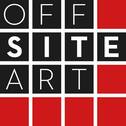
After the dramatic earthquake in 2009, L'Aquila is now the biggest construction site in Europe.
Thanks to the collaboration with ArtBridge, a no-profit organization in New York, local organizations and institutions and passionate citizens, in 2013 I started l'Aquila-based project "Off Site Art" and one year after I co-found the no-profit organization with the same name. Since then, until 2020, as President and Artistic Director of Off Site Art (OSA), I have organized and curated more than 70 temporary installations on the scaffolding of the historical center of the city.
In 2019, together with artist Alessandro Brighetti, we brought in L'Aquila the 5th edition of format Raid, titled Raid Caterpillar. We organized 4 public performances and we installed 5 permanent public artworks. At the same time, 5 Filmmakers and I filmed the live documentary "La Dittatura del Telecomando".
|
I remember myself - oscillating
between rapture and horror – while observing a reality that I could have never imagined before, that I had not seen on tv, that I had not grasped until then, either from the internet or from friends living in Abruzzo. Somewhere, between the city of the past, the one that no longer exists, and the city of the future, the one that is fully rebuilt, there is a meanwhile, a present time. Not the one that is fleeting, which lasts a second and is hard to catch. This one is a present time that endures for years. It matters and has the heavy weight of the rubble that the citizens of L’Aquila have piled on wheelbarrows and moved with their bare hands from the city center, during the protests against the political class inefficiency and the lack of aid. Off Site Art has taken place during this significant meanwhile. |
|
To me, these projects
show how public art doesnʼt just have an aesthetic role of embellishing our cities, but also of strengthening communities. Here, artworks inject culture and beauty like a form of “urban acupuncture” overlapping an urban landscape made of rubble. They stir memories, meanings and flows of people – as the city not only rebuilds its physical infrastructure, but also its cultural identity. |
INDEPENDENT CURATOR
|
|
